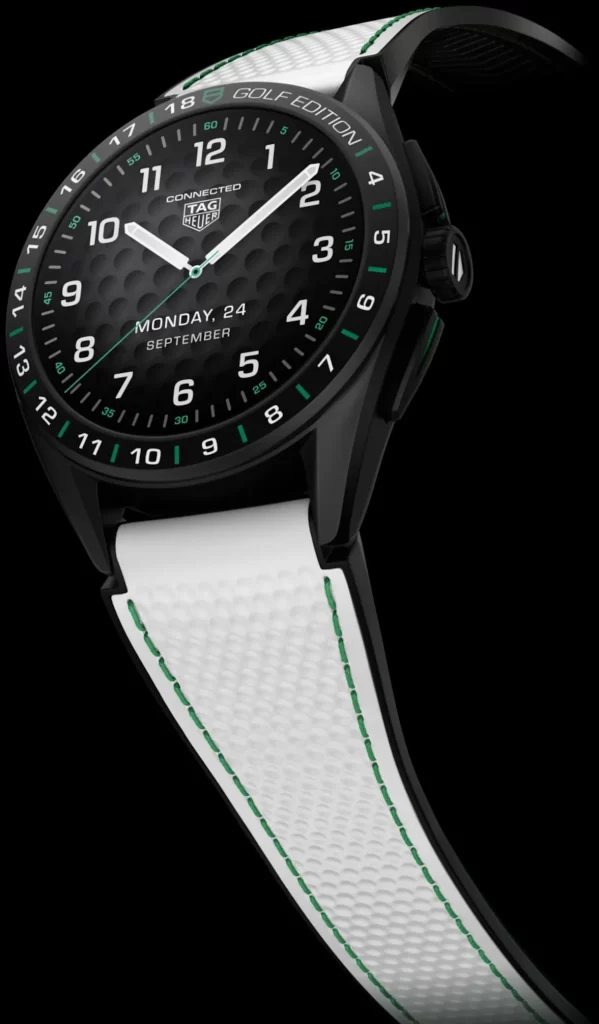Swiss Made Replica TAG Heuer Connected Calibre E4 Golf Edition
Perfect replica Tag Heuer watches have been making reliable watches since 1860. A few years back, the luxury watchmaker made waves in the golf GPS watch arena with its ultra-premium offering.…
